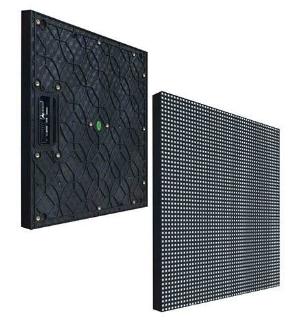source:other news release time:2023-10-24 Hits: Popular:led screen wholesaler

In the early stages of using LED displays, color consistency should generally be ensured. As LED tubes decay during use, individual differences in semiconductor devices and LED production processes result in different attenuation curves for each LED tube, resulting in poorer color consistency of the display screen over time.
UVLED (ultraviolet LED) is composed of one or more InGaN quantum wells sandwiched in a thinner GaN sandwich structure, forming an active region as a cladding. By changing the relative proportion of InN-GaN in InGaN quantum wells, the emission wavelength can be changed from purple light to other light. AlGaN can be used to produce cladding and quantum well layers in UVLED by changing the AlN ratio, but the efficiency and maturity of these devices are poor. If the active quantum well layer is GaN and the corresponding InGaN or AlGaN alloy, the spectral range emitted by the device is 350-370nm.
commun antenna custom When there is a short electronic pulse at the pump of the blue InGaN light-emitting diode, ultraviolet radiation is generated. Aluminum containing nitrides, especially AlGaN and AlGaInN, can be used to produce shorter wavelength devices and obtain a series of UVLED wavelengths. Diodes with wavelengths up to 247nm have been commercialized, and LEDs based on aluminum nitride that can emit 210nm ultraviolet radiation have been successfully developed. UVLEDs in the 250-270nm wavelength range are also being vigorously developed.
III-V group metal nitride based semiconductors are very suitable for producing ultraviolet radiation sources. Taking AlGaInN as an example, at room temperature, the energy radiated by electrons and holes during recombination varies from 1.89 to 6.2 eV as the proportion of each component changes. If the active layer of an LED is solely composed of GaN or AlGaN, its UV radiation efficiency is very low because the recombination between electrons and holes is non radiative. If a small amount of metal In is doped in this layer, the local energy levels of the active layer will change, and at this point, electrons and holes will undergo radiative recombination. Therefore, when metal indium is doped in the active layer, the radiation efficiency at 380nm is about 19 times higher than that of the undoped layer.
Read recommendations:
outdoor advertising led display screen Vendor
How many ways to understand the large screen of LED full -color LED display screen.led aluminum cabi
advertising digital led screen price.Multi regional layout helps promote high-quality development of